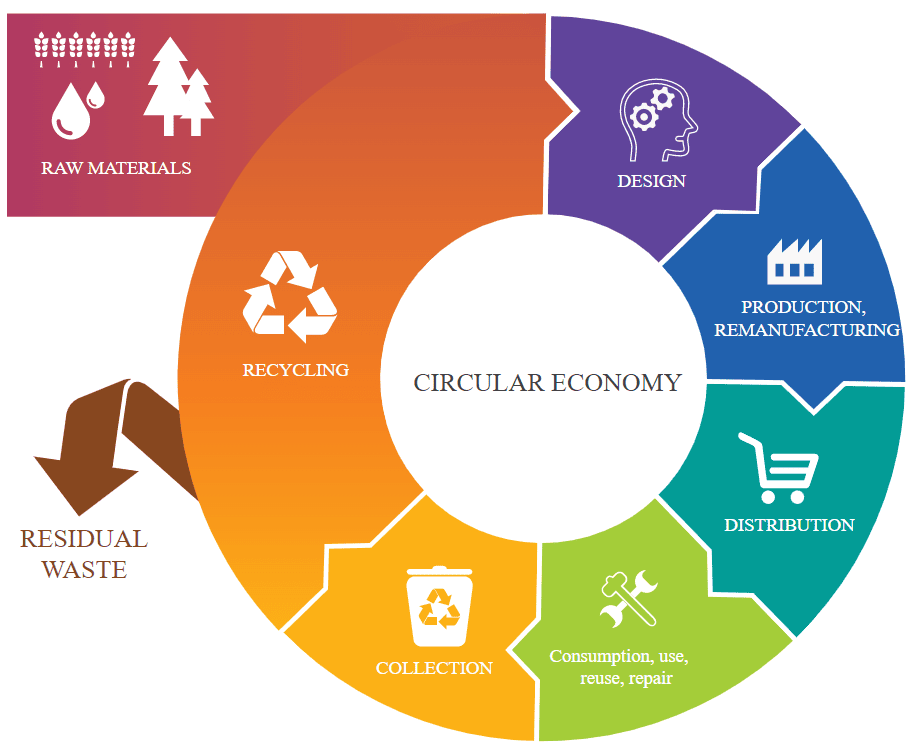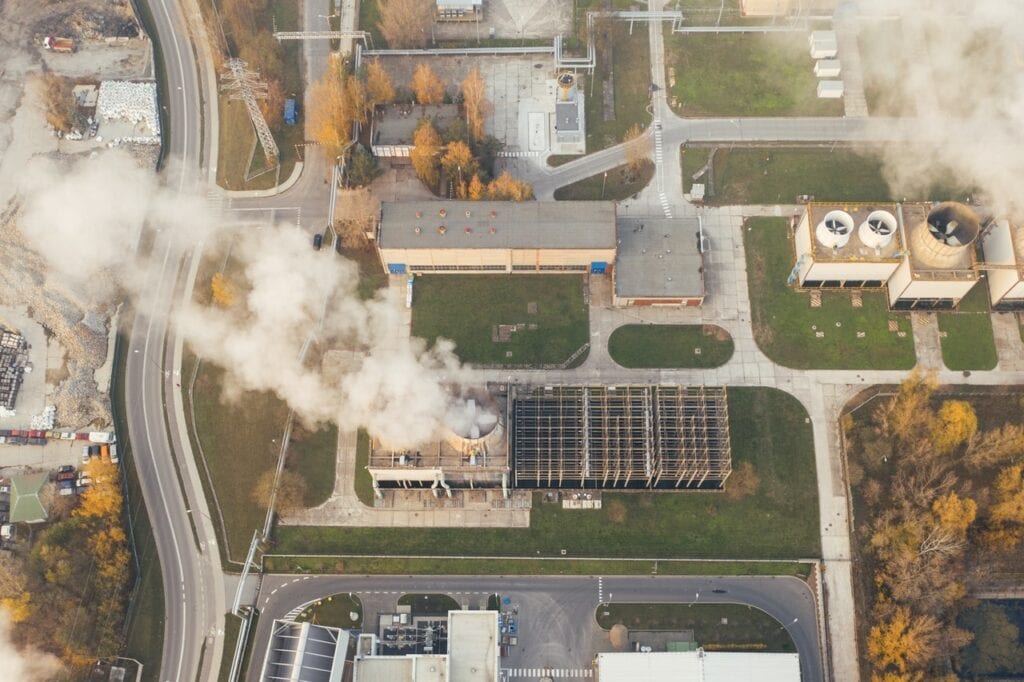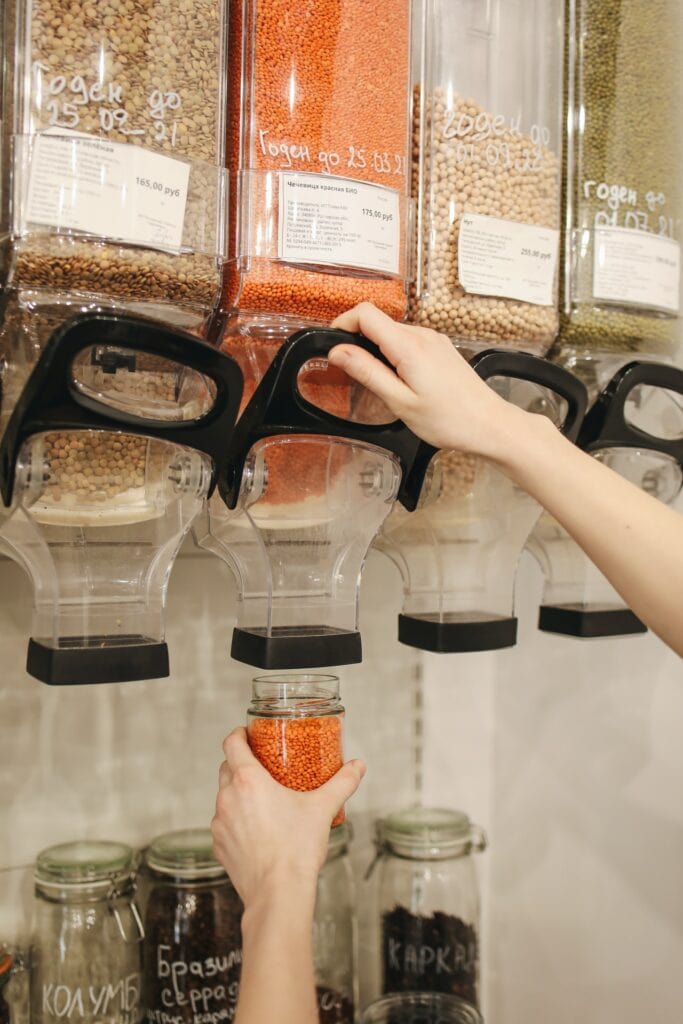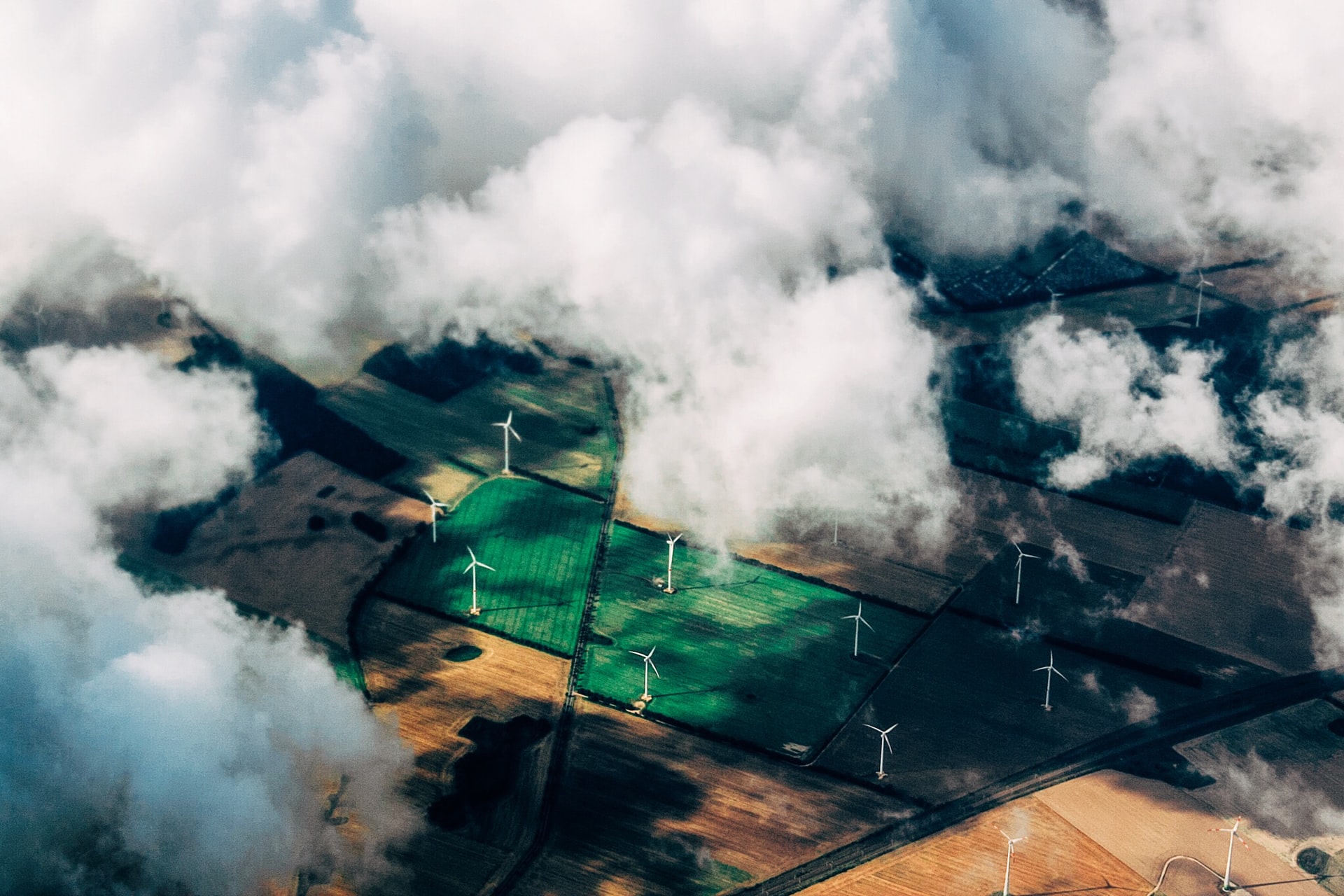[ad_1]
The circular economy is where resources are reused and recycled instead of wasted. This model reduces environmental impact and creates several advantages for businesses and individuals.
In this post, I’ll share seven benefits of the circular economy and some ways you can get involved. But first, what’s a circular economy?
Circular Economy: A brief overview
A circular economy is where resources are used and reused in an ongoing cycle, with minimal waste and pollution.
For example, materials flow in nature, and there’s no landfill. Energy comes from the sun. Things grow and die. Nutrients run back to the soil—and around we go. Remarkably this just works.


But as humans, we’ve adopted a linear approach: we take resources, make products, use them, and then throw them away. There’s only a finite amount of resources, and on top of that, we’re outputting toxic waste. So this “take-make-dispose” model is not only wasteful but harmful to the environment.
Let’s take the cell phone, for example—a ubiquitous product at this point, with 91.54% of the global population owning a portable phone.
- Extraction: our phones are powered by precious materials and minerals like copper, tellurium, lithium, cobalt, manganese, tungsten and others. There’s only so much that can be mined before we run out.
- Manufacturing: immense energy and resources are needed to make phones, with varying degrees of quality depending on the model. Researchers estimate that it takes approximately 1 gigajoule to create a smartphone.
- Distribution: Our phones are shipped worldwide, often by planes and trucks which burn fossil fuels.
- Consumption: we use them for an average of 2-3 years before upgrading to a newer model. The quality phone will dictate how long it will last and how much energy it will consume during use.
- End-of-life: only 17% of electronics (including smartphones) are appropriately recycled, while the other 83% end up in landfills where they’ll leach toxins into the soil and water.
When you break it down, it’s alarming to see how destructive one consumer good is to our ecosystem.
One phone company that has made significant strides in moving towards a circular economy is Apple. In the past, Apple’s iPhone supply chain was notoriously linear, with raw materials extracted, processed into components, assembled into phones, and sold to consumers. At the end of life, iPhones were often thrown away.
However, over time, Apple has worked hard to close the loop on its iPhone supply chain. It now sources recycled rare earth metals to build its iPhone chips, and it has developed a robot that can disassemble iPhones so that components can be reused.
Apple has options to trade in your old iPhone for a discount on a new one and a dedicated support team where technicians can repair iPhones instead of replacing them.
While Apple still has a long way to go before its iPhone supply chain is entirely circular, it’s making progress, and its efforts are an excellent example of how businesses can start to move towards a circular economy.
Now that we understand how a circular economy works, let’s look at the benefits.
Benefit 1 – Reduces greenhouse emissions
The linear economy places a tremendous burden on the environment. The waste produced by this system inevitably ends up in landfills, where it decomposes and releases greenhouse gases into the atmosphere.
A circular economy can help reduce carbon dioxide emissions and other greenhouse gases, slowing down the effects of climate change.
The Ellen MacArthur Foundation estimates that shifting to a circular economy could halve carbon dioxide emissions by 2030 and reduce greenhouse emissions by 7.4 million tonnes per annum. This would be a significant step towards tackling climate change and protecting our planet for future generations.
Benefit 2 – Reduces primary material consumption
A circular economy reduces the number of primary materials consumed, including vehicle and construction materials, synthetic fertilisers, real estate land etc. This is because circular-economy products are meant to endure longer and be reused or recycled, not sent to landfills.
According to the Ellen MacArthur Foundation, shifting to a circular economy could reduce primary material consumption by 32%. This would have a significant impact on the environment, as it would reduce the amount of mining and drilling that needs to be done to extract these materials.
Benefit 3 – Protects land productivity and soil health
The linear economy isn’t sustainable in the long term as it depletes the earth’s resources. Land degradation costs an estimated 10.6tn annually.
A circular economy, on the other hand, helps to protect land productivity and soil health by using recycled materials and by minimising waste.


Benefit 4 – Boosts economic growth
Economic growth is measured by Gross Domestic Product (GDP), the total value of all goods and services produced in a country.
A circular economy can help to boost GDP as it encourages companies to design products that last longer and can be reused or recycled.
The Ellen MacArthur Foundation estimates that a shift to a circular economy could increase GDP by up to USD 700 billion by 2030.
This would have a positive impact on economies around the world, helping to reduce poverty and improve living standards.
Benefit 5 – Creates new jobs
As mentioned above, a circular economy boosts economic growth by creating new jobs in a variety of industries, including manufacturing, engineering, design, and recycling.
These are often well-paid, skilled jobs that cannot be outsourced. The Global Climate Action Summit estimates that shifting to a circular economy could create up to 65 million new jobs by 2030—excellent news for economies that are struggling with high unemployment rates.
Benefit 6 – Increases material cost savings for producers
In a linear economy, producers must continually source new materials to make products and often view waste as a disposable cost. Under this system, businesses often view waste as a disposal cost.
However, in the circular economy, companies see waste as a valuable resource that can be used to create new products. As a result, producers save money on raw materials and disposal costs.
Furthermore, producers in the circular economy are less likely to experience fluctuations in raw material prices because they can source recycled materials instead of virgin materials. This makes them more resilient to economic downturns and better able to compete in global markets.
Research by the Ellen MacArthur Foundation found that material costs could be reduced by up to 50% by 2030 if we shift to a circular economy.
Benefit 7 – Consumers receive safer products
Conventionally, manufacturers use harmful chemicals and toxins in their products to make them cheaper and easier to produce. However, these chemicals can leach into the environment and cause pollution. They can also end up in our food and water supply, causing health problems for people who consume them.
In the circular economy, producers are more likely to use recycled materials that have been cleaned and purified. They’re also incentivised to use organic and natural materials that don’t harm the environment or our health. This helps to create a safer world for us to live in.


How can you participate in the circular economy?
It can seem that circular economic implementation is macro-level execution reserved for large industries and corporations. But in actuality, there are many ways that you as an individual can participate in and support the circular economy. Here are a few suggestions:
- Educate yourself and others about the circular economy (start here)
- Buy products that are made from recycled materials
- Repair your broken belongings instead of throwing them away
- Support businesses that practice eco-friendly methods (here’s a list of our favourite sustainable clothing and beauty brands to get started)
- Compost your organic waste
- Thrift and shop second-hand where possible
- Adopt a minimalist mindset and learn to desire and consume less
- Purchase items that are likely to last longer
If you’re a business, you can start by evaluating your supply chain to see where there are opportunities to reduce waste and increase recycling. For example, you could switch to using recycled packaging or offer repair services for your products.
What do you think about the benefits of circular economy?
A circular economy is a powerful tool that can help us build a more sustainable future. This model has the potential to solve many of the world’s most pressing problems, including climate change, resource depletion, and economic inequality.
We need to transition to a circular economy now if we want to leave our planet in a better state for future generations.
Have you adopted any circular economic principles in your own life? Let me know in the comments below.
[ad_2]
Source link
